An op-ed by Jeramy Rich, central Oklahoma farmer and Oklahoma Farming and Ranching Foundation president.
Property tax is the single largest source of revenue raised by local governments, and the single largest tax paid by farmers. The property tax is the lifeblood of rural schools and other critical public services, but can also be a burden on agricultural producers. Across the United States, the equivalent of one-fifth of the gross sales produced by farmland is paid in property taxes each year.
These costs can impact the stability of farms, particularly in a period of income shortfall caused by extreme weather, pests or market pressures. Rural economies depend on the productivity of agricultural producers. Struggling farms and ranches lead to struggling main street and agricultural businesses.
As state budgets continue to face shortfalls, legislatures can be tempted to raise property taxes on agricultural land to help make up the difference. It’s imperative that we do not lose sight of the fact that an additional property tax burden could be enough to put family farms out of business.
In addition to being the largest single investment item in a typical farmer’s portfolio, farm real estate is the principal source of collateral for many loans, enabling farm operators to finance the purchase of additional property and equipment or current operating expenses. As a consequence, wide swings in farm real estate values for property tax valuations can alter the equity positions, creditworthiness and borrowing capacity of farm operators and landowners that hold a large percentage of assets in the form of farmland.
The state has moved toward lower income tax and placed a greater burden on fee users, local governments, and economic development incentive reductions causing property owners to worry that they are next on the list. Several proposals have been given serious consideration to expand the use of ad valorem taxes to deal with the budget short falls felt in public education.
While farmers and ranchers support flexibility for administrators to deal with the budget crisis, the Governor’s proposal highlights our concerns that taxes ultimately don’t get cut over time – they simply get shifted. Utilizing additional ad valorem dollars for the basic operational and personnel needs of a district don’t seem that controversial at first blush. However, as we look at the last several legislative sessions, using higher property taxes to meet the immediate needs of our students appears to be a common platform.
If the Governor’s proposal, which would likely require a constitutional change, and the Boren sales tax plan make their way to the ballot, Oklahomans will face the challenge of shifting the tax burden that was once income tax to sales and property tax. I, like most farmers, am not an expert on the ideal level of income tax. However, we can provide firsthand account of the fact that shifting the tax burden to property owners is detrimental to farmers, ranchers, the elderly, rural Oklahoma and the small business community.
